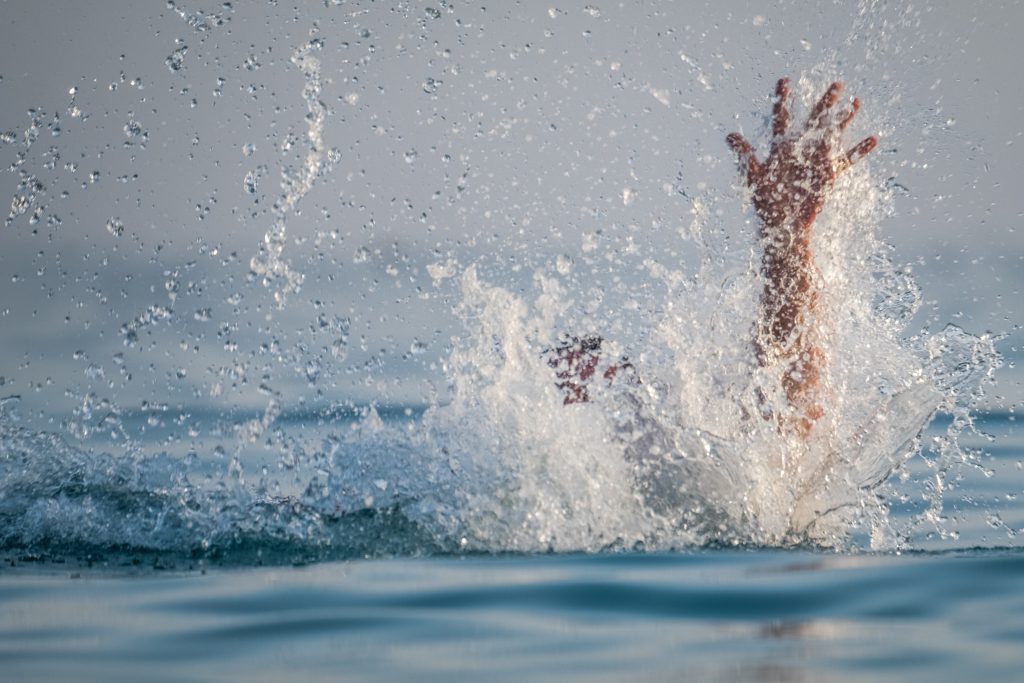
Over 144 000 people drowned in the Asia-Pacific region in 2019 alone, and it accounted for 61 percent of global drowning deaths, says the World Health Organization.
It reports — Regional Status Report on Drowning in the Western Pacific and Regional Status Report on Drowning in South-East Asia — on drowning prevention released on Thursday, July 22, the organization says drowning claimed the lives of an estimated 70,000 and 74,000 people in Southeast Asia and Western Pacific regions, respectively, in the past year.
In April, the UN General Assembly issued a resolution declaring July 25 “World Drowning Prevention Day” to serve as an opportunity “to highlight the tragic and profound impact of drowning on families and communities and offer life-saving solutions to prevent it.”
An estimated 236,000 people drown every year, and drowning is among the ten leading causes of death for children and youth aged 1-24 years, according to the UN.
More than 90% of drowning deaths occur in rivers, lakes, wells and domestic water storage vessels in low- and middle-income countries, with children and adolescents in rural areas disproportionately affected.
The WHO reports on the Western Pacific and Southeast Asia claim that climate change “places already vulnerable communities and individuals at increased drowning risk.”
The reports say that more frequent and extreme weather events can lead to more regular and intense floods, increasing populations’ exposure to potentially hazardous interactions with water.- Newsletter -Subscribe to Spotlight, our daily newsletter.
Dr. Poonam Khetrapal Singh, WHO regional director for Southeast Asia, said that despite many lives being lost each year, “drowning remains a largely unrecognized threat to health and well-being.”
She stressed the need “to work across all sectors to develop national water safety plans and policies and implement tested and low-cost water safety interventions to prevent drowning and save lives.”
The new reports provide countries with WHO-recommended best practices on drowning prevention interventions and policies, including day care for children, the use of barriers for controlling access to water, public awareness campaigns focused on behavior change, and policies and legislation on water safety, including regulation of recreational boating and maritime transport.
“We are proud to be able to highlight … examples from our member states of leadership, innovation and strong partnerships within and beyond the health sector on drowning prevention,” said Dr. Takeshi Kasai, WHO regional director for the Western Pacific.
Of the 70,000 drowning deaths in the WHO Southeast Asia region in 2019, more than 33 percent were among children aged under 15 years. On average, men were three to four times more likely to drown than women.
In the Western Pacific Region, males and people aged 65 and older at greatest risk of drowning
Older people accounted for 34 percent of drowning deaths in the WHO Western Pacific region in 2019. Men are at higher risk than women– in 2019, 66 percent of drowning deaths in the region were among men.
Source: Licas Philippines
0 Comments